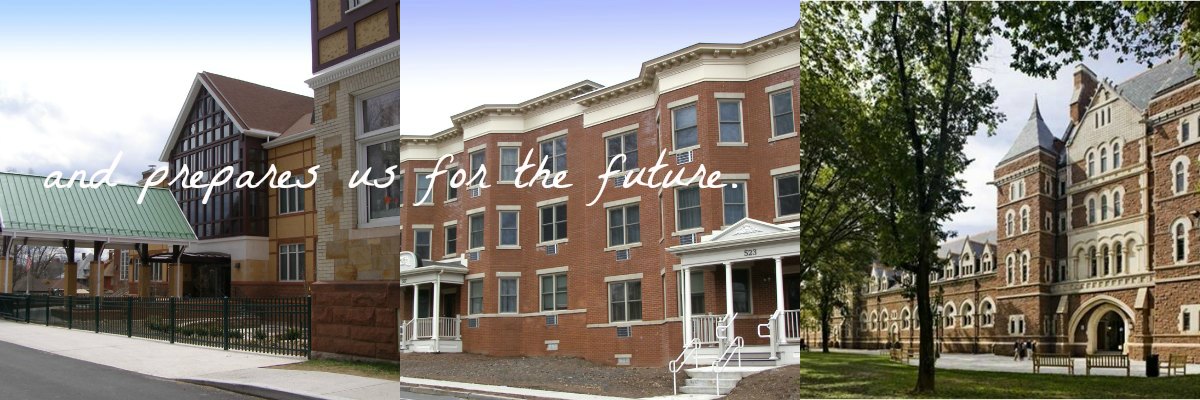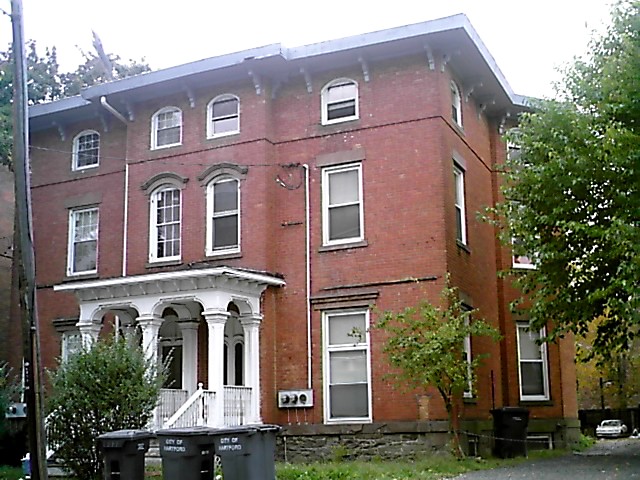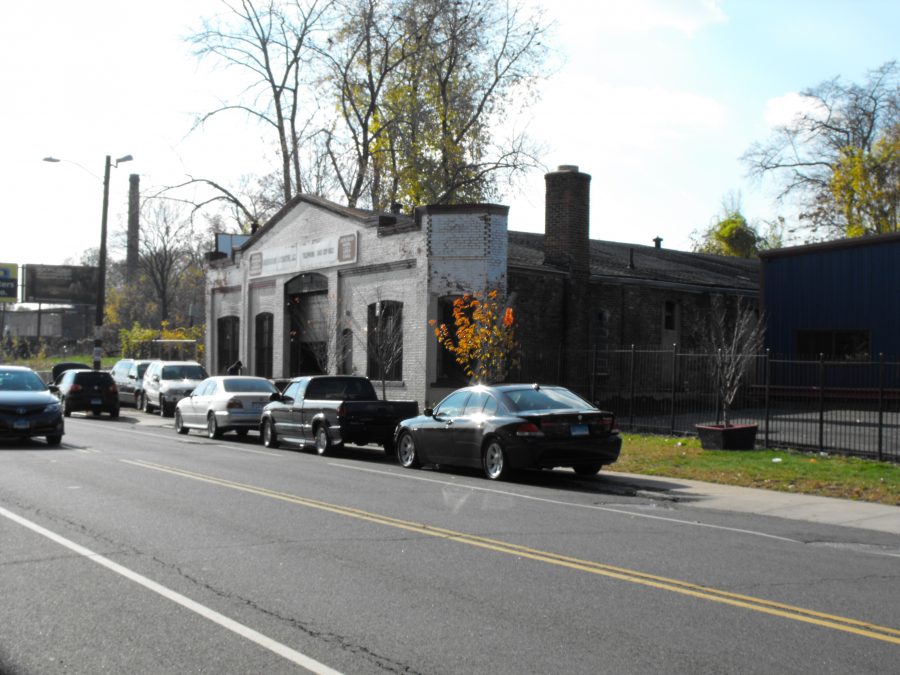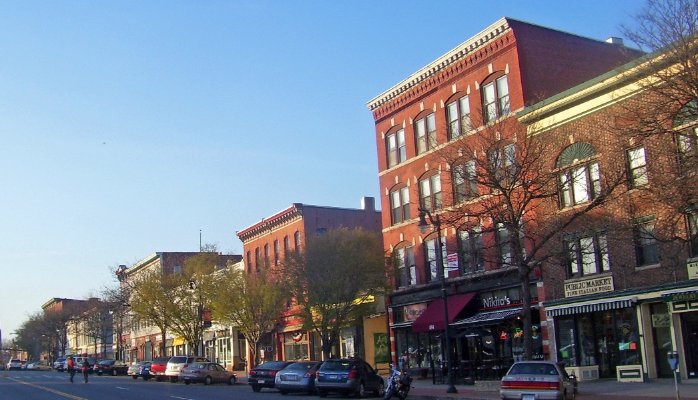We have reached the halfway mark, more or less, of the 2017-18 Legislative Session and the news for preservation is positive. As they say of the fat lady needs to sing but one can only hope that she is warming up. Two very critical items need to pass: fully funding the Community Investment Act (CIA) funds for the next year and an increase to the cap for the State’s Historic Tax Credit cap.
During the past few years the Legislature has approved a “sweep” of funds from the CIA coffers which has been a problem for funding preservation activities throughout the State. These monies fund affordable housing, open space, dairy and historic preservation. For us CIA provides grants to fill gaps in renovation to historic buildings such as the Harriet Beecher Stowe House, funds preservation of churches and municipal buildings like City Hall in Waterbury. These funds also allow minimum financial support to organizations such as HPA. All critical funds which are otherwise difficult to assemble. A blog posted in January laid out the benefits brought about through CIA funding and how very important it is in Hartford. Therefore, it is good news that the funds will largely remain intact. Fingers crossed and please don’t forget to contact your elected officials letting know that you support them and their decision regarding historic preservation.
The bill to which we are paying close attention is SB 819 which proposes to raise the State Historic Tax Credit cap to $ 60 million. This would double the credits available for preservation projects around the State. We in Hartford have basically realized a downtown renaissance because these commercial tax credits have supported projects which have brought life into buildings long vacant and abandoned. Signature residential projects such as 777 Main Street and the Capewell Lofts, representing a reuse of former commercial buildings, would not have been financially feasible without the contribution of equity represented by the historic credits.
As my colleague, Daniel MacKay, executive director of the CT Trust, testified before the Commerce Committee:
“What we want to underscore, however, is that this program is currently playing a significant role in underwriting Connecticut’s economic recovery. This state tax credit program represents “last dollars in” to a project. Clean-up, investment, redevelopment, and occupancy, with job creation all along the way, occurs before the state credits are issued. We must sustain this program’s growth and availability to assure that the long-term planning and investment in historic property redevelopment. We are asking the General Assembly to send the signal that one of the state’s best performing, most geographically diverse economic development tools will remain readily available, without interruption or constraint, to attract continued investment back to our communities, with consequent benefits for both local and state tax revenues and general economic activity Beyond the numbers, at the core of my testimony is a call for the General Assembly to act in support of program sustainability and stability. Re-development is often a tricky business. There are risks and there are costs. Investment in historic properties, even more so. The State Historic Tax Credit program fills a critical gap that usually exists when financing historic property redevelopment.”
We are cautiously optimistic that the Legislature views greater access to historic tax credits as an engine to promote community economic development. The bill was passed out of the Commerce Committee and sent to The Finance Committee for study. Of course the fat lady remains in the wings but we surely hope that she will be allowed to sing her heart out.













